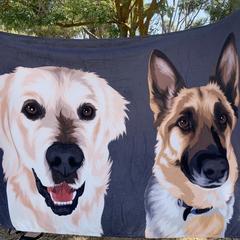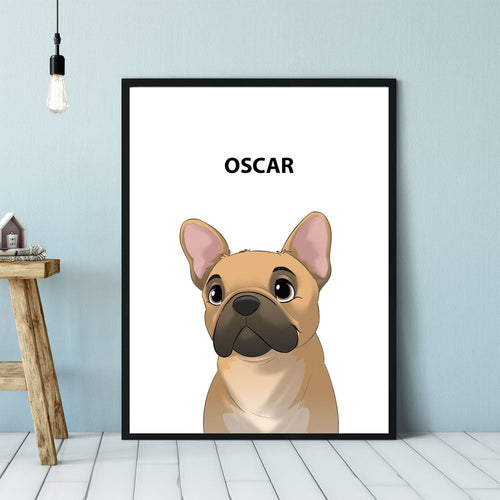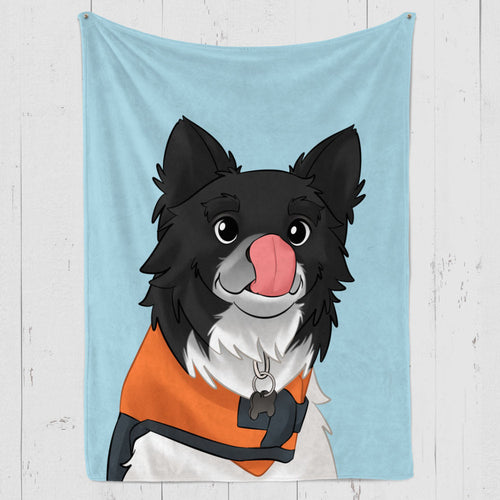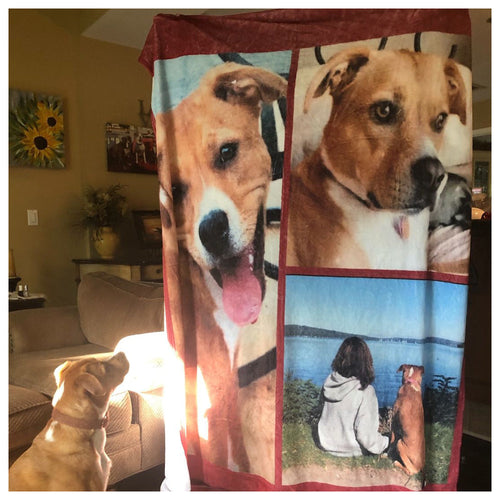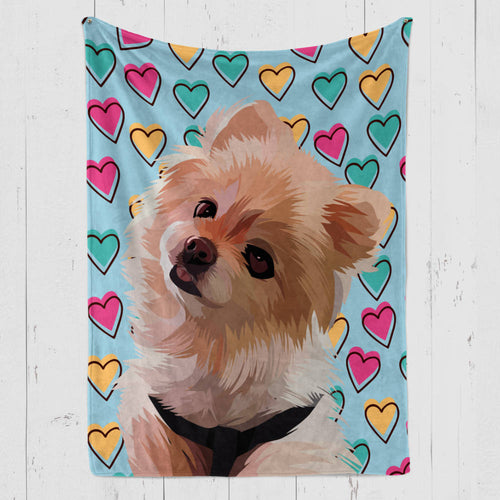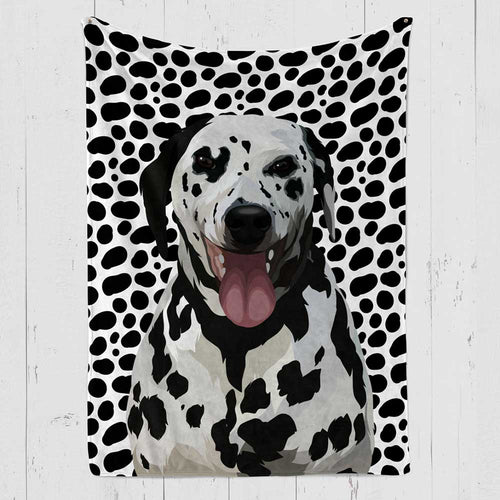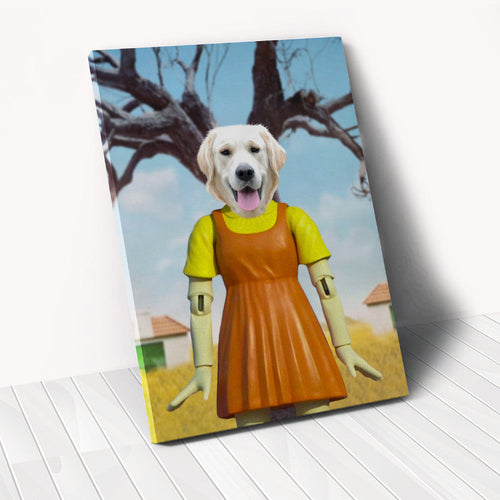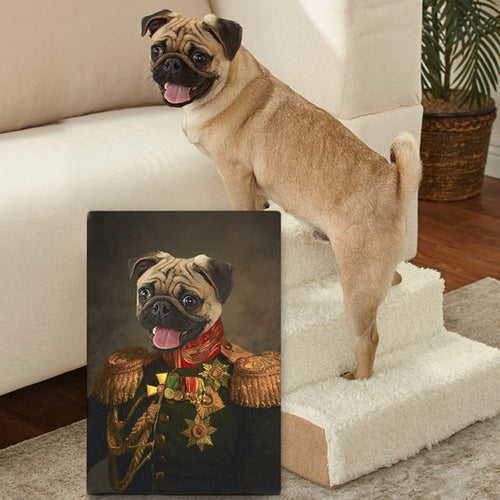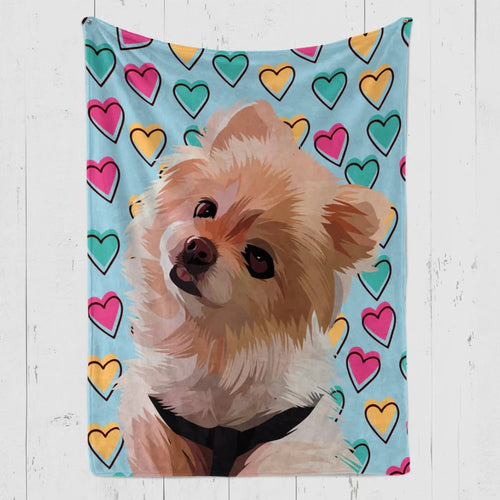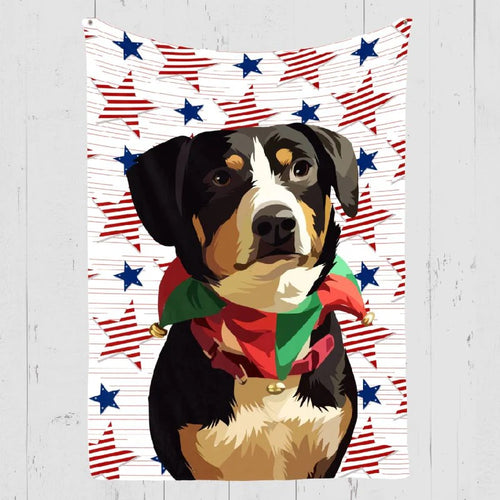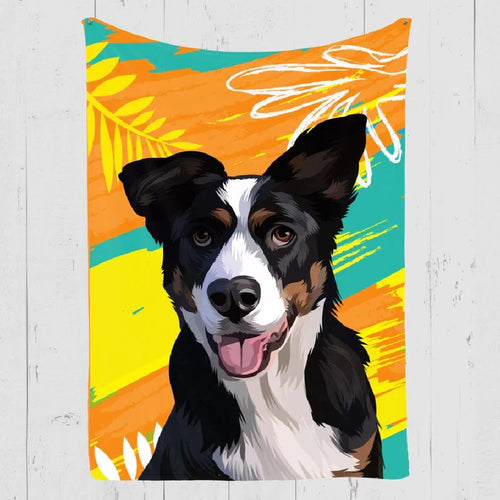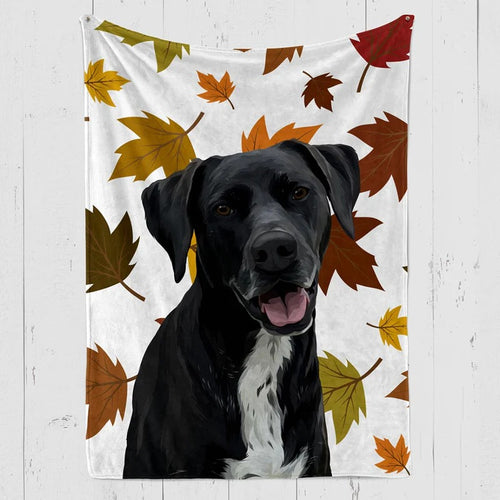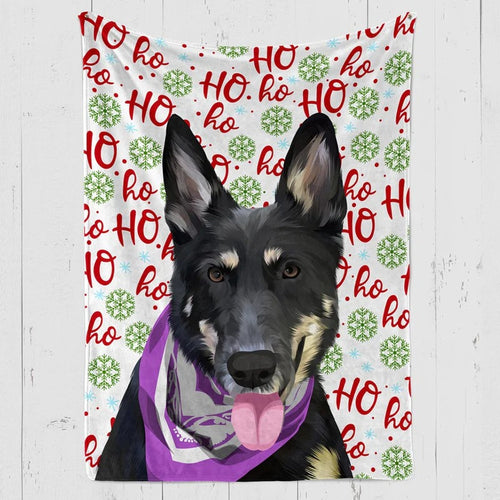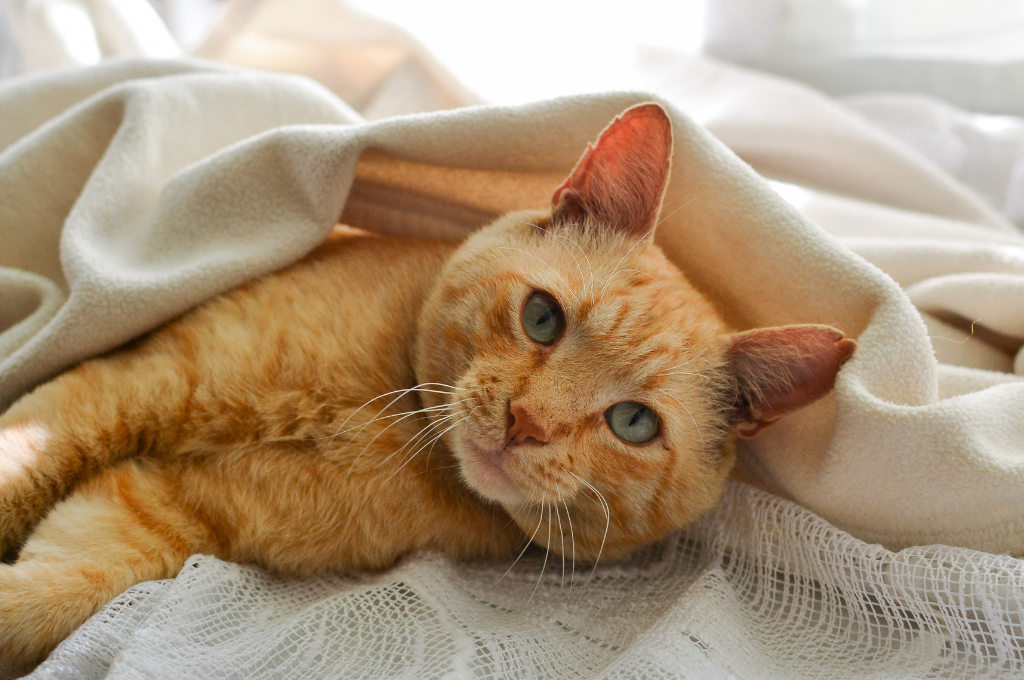
Food aggression in dogs may seem to be normal but it can turn out to be problematic for you to handle at later stages. The most prominent solution to this issue can be achieved by securing and procuring a serene dining experience for your dog.
Worry not because we are here to help your deal with this massive problem of treating your dogs towards food aggression.
Today we’ll talk about exemplary practical tactics and training methodologies to deal with your dog’s aggression towards dogs.
What Do You Understand by Food Aggression in Dogs?
When a dog exhibits possessive or aggressive conduct towards food, it is referred to as food aggression in dogs. This attitude is frequently seen when canines sense danger or competition for their food resources.
When confronted when they are eating, or when a person or another animal approaches their food dish, it may show itself as growling, snapping, biting, or guarding behaviour.
Food aggression may be caused by several things, such as genetics, poor socialisation, previous experiences with food scarcity or competition, or underlying medical issues. Food aggressiveness must be addressed right away because it might worsen and endanger the dog's safety as well as the safety of people or other household pets.
Root Causes Behind Food Aggression in Dogs
Before jumping to the main problem, it is very essential to know and analyse the root cause behind the problem of food aggression in dogs. While we understand that every dog is different from one another, and therefore tons and tons of information relating to food aggression in dogs can be noted. Here's a list of a few root causes behind this super-big problem!
1. Resource Guarding:
Your cute little dog can develop this habit of food aggression as a concurrent result of resource-guarding instincts. By this, we mean the involvement of protecting valuable resources like food, any perceived threats or any competition that your dog may feel around. But you need not worry because this behaviour can be acquired from their natural survival instincts which is very normal.
2. Lack of Socialisation:
Ranging from the start of your dog’s childhood stage, this food aggression may be developed. If your dog grew up in a restricted environment with a lack of other common surroundings, interaction with people, or with other animals, they may tend to become fearful and anxious when it comes to food aggression. Ultimately, this behaviour can lead them to behave violently.
3. Past Experiences:
It becomes a normal tendency for dogs who have struggled with food scarcity or any sort of food competition in the past to react this way. Such incidents deviate a person to react strongly towards food so they can safeguard it at any cost.
4. Medical Conditions:
Make sure that you rule out any prevalent medical condition that may be responsible for triggering your dog towards food. They may enact more sensitively or aggressively due to the experience of pain or discomfort.
To stop food aggression in dogs, you need to address the root cause which is triggering their behaviour and use proper training and management strategies for their well-being. It is advisable to seek professional advice from either dog trainers or behaviourists if you wish to ensure safe and successful treatment for your dogs.
Reading Between the Lines to Identify Food Aggression in Dogs

Even while each dog may display slightly different habits, there are several universal warning signals to look out for:
1. Growling or Snarling:
When contacted while eating or when someone approaches their food dish, dogs with food aggression may growl or snarl. This is an obvious indication that they are guarding their food.
2. Stiff Body Language:
Dogs expressing food aggressiveness frequently have rigid and tense body language. They can freeze, hold their posture rigidly, or exhibit muscular tension as a sign of discomfort or defensiveness.
3. Lip Curling or Baring Teeth:
When they feel threatened or outmatched for food resources, dogs may make a defensive display by curling their lips or baring their teeth.
4. Guarding Behavior:
Dogs with food aggression may also display guarding behaviours, such as hanging over their food bowls, putting their bodies in between them and other people or objects, or snapping at people who come too close.
5. Gulping Food Quickly:
Some food-aggressive dogs may eat their food quickly, as though they are concerned about it being taken away. Their natural tendency to guard their resources may be the cause of this behaviour.
To avoid aggravation and to create a secure feeding environment, it's critical to treat any indicators of food aggression in your dog as soon as possible.
Proven Tips for Resolving Your Dog’s Food Aggression
Here, we'll discuss tried-and-true solutions for dealing with your dog's food aggressiveness. Please feel free to jot down helpful advice to help you deal with your dog's food aggression and move towards a successful outcome.
1. Professional Guidance:
To create a personalised strategy, speak with a qualified dog trainer or animal behaviourist with experience handling food aggression.
2. Behaviour Modification:
Use behaviour modification strategies like desensitisation and counterconditioning to progressively alter your dog's response to food-related triggers.
3. Positive Reinforcement:
Use training methods for positive reinforcement to encourage calm, non-aggressive conduct around food.
4. Feeding Management:
Create a regular feeding schedule, feed your dog in a separate place, and think about utilising toys that release food to extend mealtime and stimulate the mind.
5. Avoid Punishment:
Don't punish your dog for food aggression; doing so could make them more aggressive or cause them to become fearful and anxious.
Just keep in mind that while dealing with extreme cases of food aggression, safety must always come first.
Is Punishment an Effective Approach to Addressing Food Aggression in Dogs?
It's crucial to realise that punishment may not always be the best or most appropriate course of action. This is why:
1. Negative Associations:
Punishment can instil dread and anxiety in dogs and lead to bad connections that are harmful. This could intensify their anger towards food or trigger other behavioural issues.
2. Incomplete Resolution:
The root causes of food aggression are not fully addressed by punishment alone. It does not give dogs alternate coping mechanisms or teach them acceptable behaviour.
3. Risk of Aggression Escalation:
Treating your dog with punishment when they act aggressively will make them even more aggressive. So, this may not be a good idea as it can be dangerous for both your dog as well as the people around them.
4. Fear and Trust Issues:
Dogs punished for food aggression may experience issues with fear or trust towards their owners. The attachment and overall relationship between the dog and its caretaker may suffer as a result.
5. Focus on Positive Reinforcement:
Positive reinforcement-based training techniques are advised over punitive ones. These methods enable dogs to associate food and eating with pleasant experiences while rewarding desired behaviours.
6. Seek Professional Guidance:
Consult a qualified dog trainer or animal behaviourist with experience in handling this issue if your dog displays food anger. They can offer advice on efficient behaviour modification techniques catered to the unique requirements of your dog.
Remember that treating food aggression necessitates an all-encompassing strategy that takes into account the dog's emotional state, underlying reasons, and effective training methods. It is unlikely that punishment will be successful on its own and it may have unanticipated negative effects.
Celebrating Small Victories in Food Aggression Training for Dogs
Setting attainable goals is a crucial component of appreciating little accomplishments. Divide the training procedure into smaller sections, concentrating on little advancements.
For instance, it would be worth celebrating if your dog, who once barked when approached during mealtime, now allows you to approach without any aggressiveness.
1. Positive reinforcement is the key
Food aggressiveness training is greatly aided by positive reinforcement. When your dog behaves nicely while eating, reward them with food, praise, or their favourite toy. As a result, they are more likely to identify calm activity with successful outcomes and engage in it again in the future.
2. Verbal cues and physical affection
Verbal hints and tactile love are two other ways to acknowledge little successes. When conversing with your dog while you are feeding him, be upbeat and encouraging. They can feel encouraged and their success can be reinforced with a simple "good job" or a light pat on the head.
Keep in mind to be consistent and patient. Training for food aggressiveness takes time, and development could be gradual. Celebrate even the tiniest advancements, such as a reduction in growling or an extension of peaceful eating behaviour. We are getting closer to conquering food anger with each step we take.
Frequently Asked Questions
Why do dogs display food aggression?
There are several causes of food aggressiveness in dogs. It may have its roots in their natural tendency to defend their resources, such as food, from imagined dangers or rivals. Inadequate socialisation during a child's formative years, prior instances of food scarcity or competitiveness, or even underlying medical issues, can all contribute to food anger.
How can you prevent food aggression in your dog at home?
Focus on correct socialisation, positive reinforcement training, and environment management to prevent food aggression in your dog. Early socialisation, basic obedience training, acclimating your dog to humans around their food, establishing a regular feeding schedule, and practising food-sharing activities are all important.
How can you address food aggression in your dog if it becomes uncontrollable?
Consult a qualified dog trainer or behaviourist to determine the root reasons for your dog's food aggression, develop a personalised behaviour modification plan, and take other crucial steps. This will ensure safety and provide professional guidance in the case of severe cases.
Can you train your dog to overcome food aggression on its own?
It is generally advised to seek expert help, especially for moderate to severe cases of food aggression, even though some minor cases can be handled with owner-led training. Food aggression can be intricate and deadly, necessitating knowledge of behaviour modification strategies and an understanding of canine behaviour.
How long does it take a dog to stop acting aggressively towards food?
The severity of the conduct, the root cause, and the consistency of training all affect how long it takes to treat food aggressiveness in dogs. While more severe cases can take several months or even longer, mild ones might improve in a few weeks or months.
Sources (Links)
- https://rawbistro.com/blogs/raw-bistro/food-aggression-in-dogs
- https://yourpetandyou.elanco.com/us/behavior/how-to-stop-food-aggression-in-dogs
- https://blog.roguepetscience.com/food-aggression-in-dogs
- https://www.cesarsway.com/food-aggression-and-what-to-do-about-it/
- https://www.bil-jac.com/the-dog-blog/posts/dealing-with-dinner-how-to-stop-food-aggression-in-dogs/
- https://neaterpets.com/blogs/news/how-to-stop-food-aggression-in-dogs
Recommended Articles :
Similar Articles
Latest Review on Woof Blankets
To have such a masterpiece by my side every day is a gift for me and my memories with Rex. Thank you WoofBlankets for such an opportunity to recreate his image on a blanket.Lara o’ Miguel US, California

COLLECTION WORTH EVERY PENNY
BEST SELLERS
-
Woofy Single Color Custom Pet Blanket
![Woofy Single Custom Pet Blanket – Woof Blanket]()
- -41%
BlanketsSHOP NOW- Regular price
- from $64.95
- Sale price
- from $64.95
- Regular price
-
$109.95 - Unit price
- per
Sold out -
The French Sailor - Custom Pet Portrait
![]()
- -25%
CanvasSHOP NOW- Regular price
- from $59.95
- Sale price
- from $59.95
- Regular price
-
$79.95 - Unit price
- per
Sold out -
Summer Time Custom Pet Blanket
![Summer Time Custom Pet Blanket]()
- -39%
BlanketsSHOP NOW- Regular price
- from $69.95
- Sale price
- from $69.95
- Regular price
-
$114.95 - Unit price
- per
Sold out -
Pet Memorial Custom Photo Collage Blanket
![Personalized pet memorial quilt with photos]()
- -41%
BlanketsSHOP NOW- Regular price
- from $64.95
- Sale price
- from $64.95
- Regular price
-
$109.95 - Unit price
- per
Sold out -
4th of July Custom Pet Blanket
![4th of July Custom Pet Blanket Online]()
- NEW
- -39%
BlanketsSHOP NOW- Regular price
- from $69.95
- Sale price
- from $69.95
- Regular price
-
$114.95 - Unit price
- per
Sold out -
Modern Pet Portraits
![Cute Dog Modern Pet Portraits Online]()
- NEW
- -36%
CanvasSHOP NOW- Regular price
- from $59.95
- Sale price
- from $59.95
- Regular price
-
$93.95 - Unit price
- per
Sold out -
The Admiral - Custom Pet Portrait
![The Admiral - Custom Pet Portrait Online]()
- NEW
- -25%
CanvasSHOP NOW- Regular price
- from $59.95
- Sale price
- from $59.95
- Regular price
-
$79.95 - Unit price
- per
Sold out -
Woof Splash Custom Pet Blanket
![Woof Splash Custom Pet Blanket]()
- -39%
BlanketsSHOP NOW- Regular price
- from $69.95
- Sale price
- from $69.95
- Regular price
-
$114.95 - Unit price
- per
Sold out -
The Policeman - Custom Pet Portrait
![]()
- NEW
- -25%
CanvasSHOP NOW- Regular price
- from $59.95
- Sale price
- from $59.95
- Regular price
-
$79.95 - Unit price
- per
Sold out -
The General - Custom Pet Portrait
![]()
- NEW
- -25%
CanvasSHOP NOW- Regular price
- from $59.95
- Sale price
- from $59.95
- Regular price
-
$79.95 - Unit price
- per
Sold out -
Woof Love Custom Pet Blanket
![Woof Love Custom Pet Blanket]()
- -39%
BlanketsSHOP NOW- Regular price
- from $69.95
- Sale price
- from $69.95
- Regular price
-
$114.95 - Unit price
- per
Sold out -
The Ambassador - Custom Pet Portrait
![The Ambassador - Custom Pet Portrait Online]()
- NEW
- -25%
CanvasSHOP NOW- Regular price
- from $59.95
- Sale price
- from $59.95
- Regular price
-
$79.95 - Unit price
- per
Sold out -
Fall In Love Custom Pet Blanket
![Fall In Love Custom Dog Blanket]()
- NEW
- -39%
BlanketsSHOP NOW- Regular price
- from $69.95
- Sale price
- from $69.95
- Regular price
-
$114.95 - Unit price
- per
Sold out -
Cartoonized Pet Portraits (New)
![Cartoonized Pet Custom Portraits Online]()
- -36%
SHOP NOW- Regular price
- from $59.95
- Sale price
- from $59.95
- Regular price
-
$93.95 - Unit price
- per
Sold out -
The Classy Lady - Custom Pet Portrait
![The Classy Lady]()
- NEW
- -25%
CanvasSHOP NOW- Regular price
- from $59.95
- Sale price
- from $59.95
- Regular price
-
$79.95 - Unit price
- per
Sold out -
The Duke - Custom Pet Portrait
![The Duke - Custom Pet Portrait]()
- NEW
- -25%
CanvasSHOP NOW- Regular price
- from $59.95
- Sale price
- from $59.95
- Regular price
-
$79.95 - Unit price
- per
Sold out -
Dog In Suit- Custom Pet Portrait
![Dash Dog In Suit- Custom Pet Portrait Online]()
- NEW
- -25%
CanvasSHOP NOW- Regular price
- from $59.95
- Sale price
- from $59.95
- Regular price
-
$79.95 - Unit price
- per
Sold out -
The Princess - Custom Pet Portrait
![]()
- NEW
- -25%
CanvasSHOP NOW- Regular price
- from $59.95
- Sale price
- from $59.95
- Regular price
-
$79.95 - Unit price
- per
Sold out -
Modern Pet Portrait with One Mug
![Modern Pet Portrait with One Mug]()
- -25%
Print MaterialSHOP NOW- Regular price
- from $99.95
- Sale price
- from $99.95
- Regular price
-
$133.95 - Unit price
- per
Sold out -
The Aristocrat - Custom Pet Portrait
![The Aristocrat - Custom Pet Portrait At Best Price]()
- NEW
- -25%
CanvasSHOP NOW- Regular price
- from $59.95
- Sale price
- from $59.95
- Regular price
-
$79.95 - Unit price
- per
Sold out -
Single Color Custom Blanket with 1 Mug
![Single Color Custom Blanket with 1 Mug]() BlanketsSHOP NOW
BlanketsSHOP NOW- Regular price
- from $99.95
- Sale price
- from $99.95
- Regular price
-
- Unit price
- per
Sold out -
Single Color Custom Blanket with 2 Pillows
![Single Color Custom Pet Blanket with 2 Pillows]()
- -21%
BlanketsSHOP NOW- Regular price
- from $99.95
- Sale price
- from $99.95
- Regular price
-
$125.95 - Unit price
- per
Sold out -
The Dog in Suit Custom Pet Mug
![]()
- -20%
MugsSHOP NOW- Regular price
- $39.95
- Sale price
- $39.95
- Regular price
-
$49.95 - Unit price
- per
Sold out -
Angel Custom Pet Mug
![]()
- -20%
MugsSHOP NOW- Regular price
- $39.95
- Sale price
- $39.95
- Regular price
-
$49.95 - Unit price
- per
Sold out -
This Human Belongs To - Custom Pet Mug
![]()
- NEW
- -20%
MugsSHOP NOW- Regular price
- $39.95
- Sale price
- $39.95
- Regular price
-
$49.95 - Unit price
- per
Sold out -
It's Not Dog Hair Custom Pet Mug
![]()
- NEW
- -20%
MugsSHOP NOW- Regular price
- $39.95
- Sale price
- $39.95
- Regular price
-
$49.95 - Unit price
- per
Sold out -
My Dog Is My Valentine Custom Pet Mug
![]()
- NEW
- -20%
MugsSHOP NOW- Regular price
- $39.95
- Sale price
- $39.95
- Regular price
-
$49.95 - Unit price
- per
Sold out -
3 Photos With Message Custom Pet Mug
![]()
- NEW
- -20%
MugsSHOP NOW- Regular price
- $39.95
- Sale price
- $39.95
- Regular price
-
$49.95 - Unit price
- per
Sold out -
My Valentine Has Four Legs- Personalized Mugs
![]()
- NEW
- -20%
MugsSHOP NOW- Regular price
- $39.95
- Sale price
- $39.95
- Regular price
-
$49.95 - Unit price
- per
Sold out -
Dog Mamma Custom Pet Coffee Mug
![]()
- -20%
MugsSHOP NOW- Regular price
- $39.95
- Sale price
- $39.95
- Regular price
-
$49.95 - Unit price
- per
Sold out -
Uncle Sam - Custom Pet Portrait
![]()
- NEW
- -25%
CanvasSHOP NOW- Regular price
- from $59.95
- Sale price
- from $59.95
- Regular price
-
$79.95 - Unit price
- per
Sold out -
The Revolutionary Emperor - Custom Pet Portrait
![]()
- NEW
- -25%
CanvasSHOP NOW- Regular price
- from $59.95
- Sale price
- from $59.95
- Regular price
-
$79.95 - Unit price
- per
Sold out -
The Princess Paws - Custom Pet Portrait
![]()
- -25%
CanvasSHOP NOW- Regular price
- from $59.95
- Sale price
- from $59.95
- Regular price
-
$79.95 - Unit price
- per
Sold out -
Exclusive Custom Pet Blanket
![Exclusive Custom Pet Blanket]()
- -39%
BlanketsSHOP NOW- Regular price
- from $69.95
- Sale price
- from $69.95
- Regular price
-
$114.95 - Unit price
- per
Sold out -
The Dark Crusader Knight - Custom Pet Portrait
![]()
- -25%
CanvasSHOP NOW- Regular price
- from $59.95
- Sale price
- from $59.95
- Regular price
-
$79.95 - Unit price
- per
Sold out

